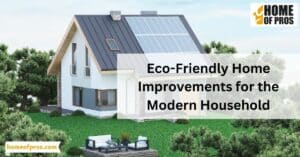Embrace a sustainable future by updating your home with essential eco-friendly modifications. From installing solar panels to harvesting rainwater, and switching to energy-efficient appliances, there’s no better time than now. Make the change, reduce your carbon footprint, and watch as both the planet and your wallet thank you.
In an era where environmental concerns are paramount, integrating eco-friendly upgrades into our homes has become essential. These sustainable changes offer homeowners not only immediate cost savings on bills but also the profound benefit of a minimized carbon footprint. As we venture into this topic, let’s unpack eight pivotal eco-friendly adjustments that represent both a salute to our planet’s health and a wise financial choice for the future.

1. Solar Panels: Harnessing the Sun’s Power
The advent of solar panels has transformed the landscape of home electricity generation. These sleek, photovoltaic wonders capture sunlight and directly convert it into electrical energy with unparalleled efficiency. Governments worldwide have taken note of this technology’s potential and have rolled out various incentives and rebates to encourage their widespread adoption.
Thanks to these incentives and the decreasing cost of solar panel systems, homeowners can now embark on a green energy journey with a more accessible initial investment. The true magic, however, unfolds over time. By harnessing the power of the sun, homeowners can substantially reduce their dependence on conventional grid electricity, resulting in significant cost savings over the long term.
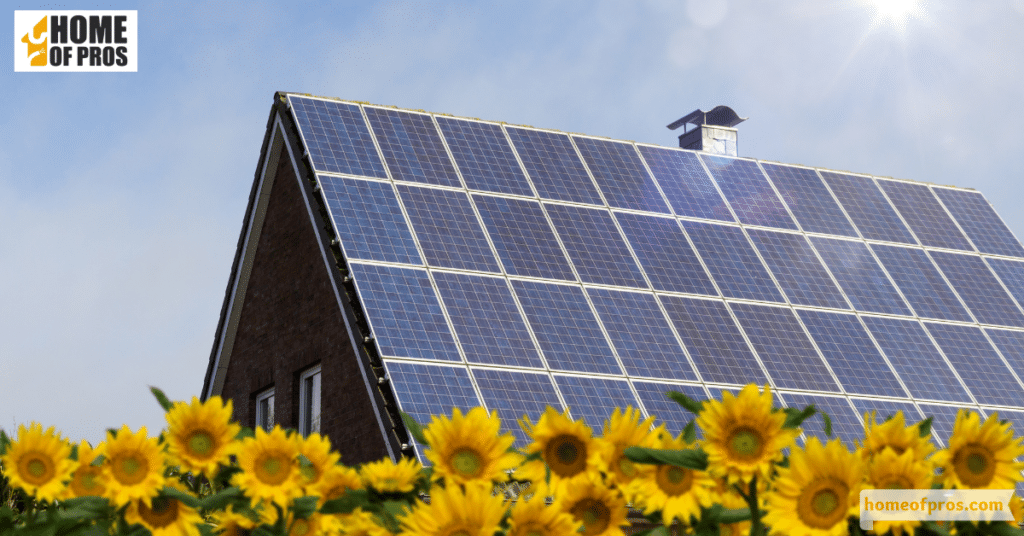
2. Energy-Efficient Appliances: Smart Savings
Today’s homes are in the midst of a remarkable transition, leaving behind energy-hungry appliances in favor of their energy-efficient counterparts. These modern marvels, often proudly sporting the Energy Star rating, consume significantly less power while maintaining or even surpassing performance standards.
The immediate impact of this transition is evident in reduced monthly electricity bills, offering homeowners substantial savings that accumulate over time. Beyond the financial benefits, the adoption of energy-efficient appliances plays a crucial role in reducing household carbon emissions, aligning perfectly with the global mission to combat climate change.
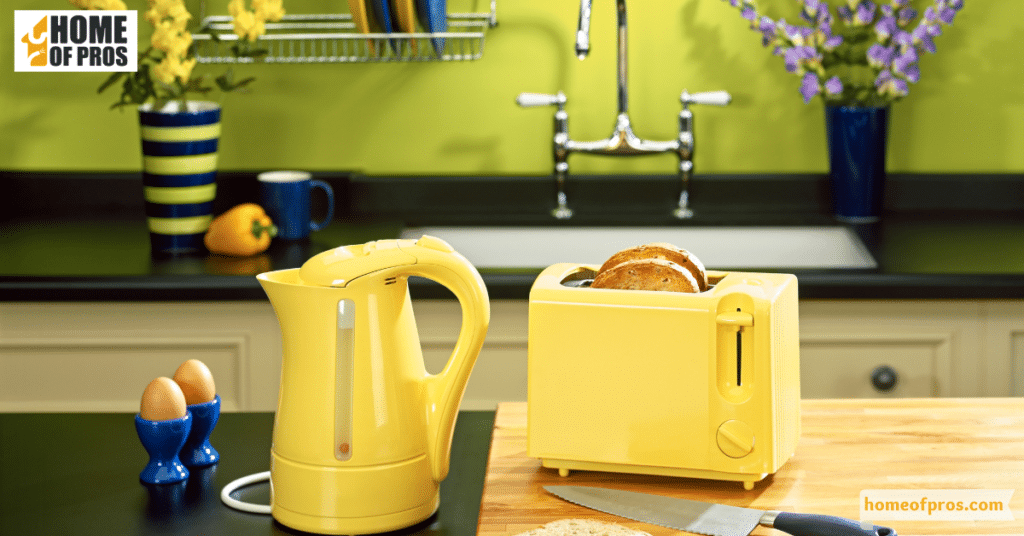
3. Rainwater Harvesting Systems: Nature’s Reservoir
Rainwater harvesting, a practice with ancient roots, has evolved into a modern-day solution to water management. The process involves collecting and storing rainwater, typically from rooftops, for various household uses. This practice significantly reduces water bills by providing an alternative water source for tasks like landscape irrigation.
Beyond the financial benefits, rainwater harvesting eases the strain on local water infrastructure, decreasing the demand for treated municipal water. As communities grapple with water scarcity issues, homeowners who embrace rainwater harvesting become part of the solution, contributing to the sustainable use of a precious resource.

4. LED Lighting: Brighten with Less
The adoption of LED lighting represents a revolutionary shift in how we illuminate our homes. When compared to traditional incandescent bulbs, LEDs consume a mere fraction of the energy while boasting a remarkably longer lifespan, up to 25 times that of their incandescent counterparts. This translates into substantial energy bill reductions for households and a significantly reduced environmental footprint.
LED bulbs are not only energy-efficient but also versatile, offering various lighting options, including warm and cool tones, making them suitable for diverse applications. As homeowners make the switch to LED lighting, they not only brighten their spaces but also contribute to a more sustainable future, one illuminated with less energy waste.

5. Sustainable Insulation: Lock in the Warmth
As the quest for sustainable living gains momentum, eco-friendly insulation options are gaining recognition for their unique advantages. Materials like sheep’s wool or recycled denim offer not only effective temperature regulation but also the promise of reduced heating bills. By trapping heat efficiently in the winter and maintaining cooler indoor temperatures in the summer, sustainable insulation materials create comfortable living environments year-round.
Importantly, they achieve this while embracing the principles of sustainability, making use of renewable or recycled resources. Homeowners who choose sustainable insulation materials not only benefit from enhanced thermal comfort but also contribute to a more environmentally conscious construction industry, setting a precedent for future green building practices.
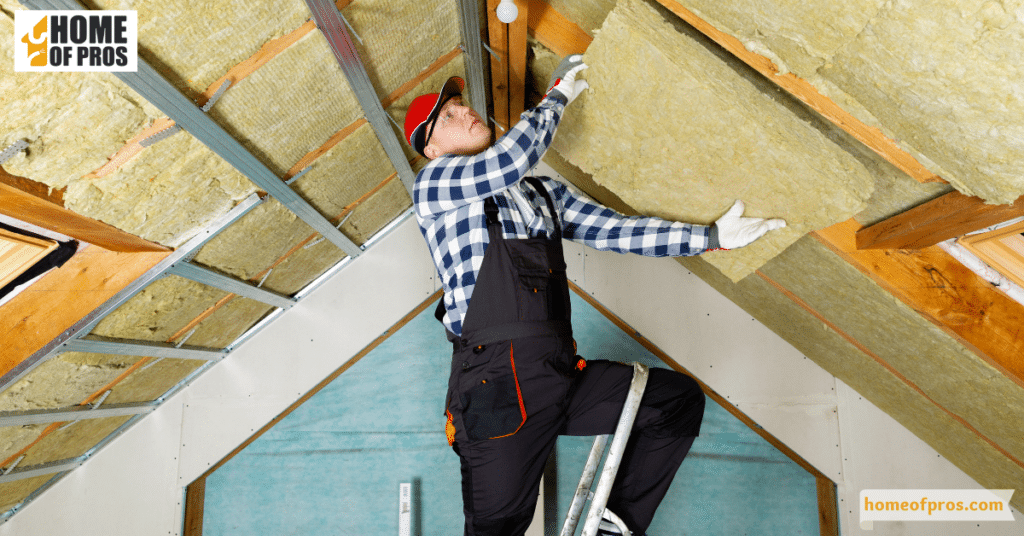
6. Smart Thermostats: Intuitive Temperature Control
In the age of smart technology, our homes are getting smarter too, and one prime example is the emergence of smart thermostats. These innovative devices are equipped with artificial intelligence and connectivity features that go far beyond basic temperature control. What sets them apart is their ability to “learn” your preferences over time, adapting heating and cooling patterns to match your lifestyle seamlessly.
This results in a level of comfort that’s personalized to your liking, ensuring that your home is always just the right temperature. But the benefits don’t stop there. Smart thermostats also hold the potential for significant energy savings. By continuously monitoring and adjusting based on real-time needs and occupancy patterns, they optimize energy use, reducing waste.

7. Green Roofing: A Breathable Canopy
Imagine a roof covered in lush, thriving vegetation—a living roof. Green roofing is a concept that goes beyond mere aesthetics; it’s a sustainable innovation that transforms rooftops into vibrant ecosystems. These layered systems, where plants grow, provide a myriad of benefits. They act as natural insulation, helping to regulate indoor temperatures and reducing heating and cooling costs.
Green roofs are also champions for managing stormwater, absorbing rainfall, and preventing runoff, which can contribute to flooding. Furthermore, they enhance local biodiversity, providing a habitat for birds, insects, and even small mammals. But perhaps what makes them even more appealing is their aesthetic charm. Green roofs can transform a dull rooftop into a breathtaking living canvas, potentially increasing a property’s value.
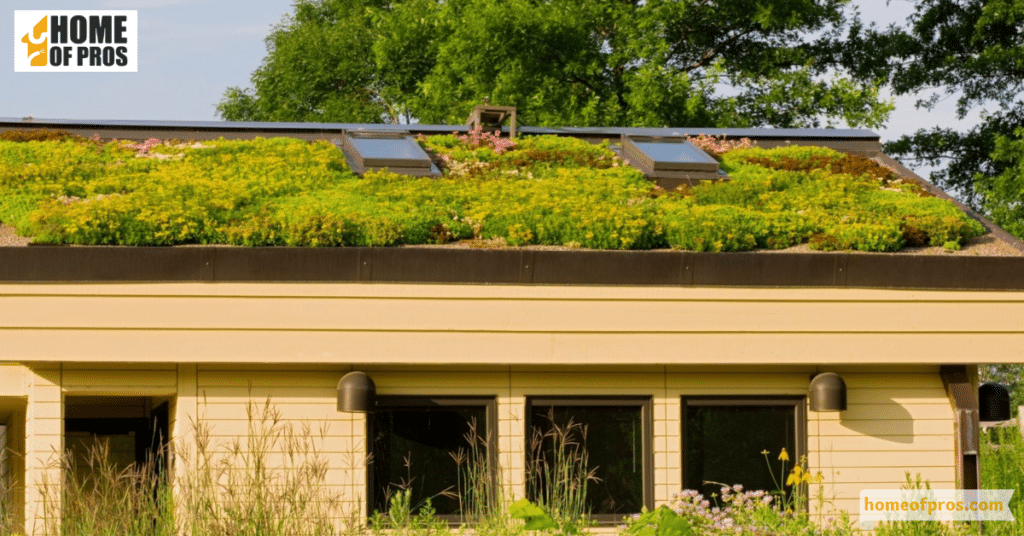
8. Low-flow Fixtures: Conserve with Every Drop
Water is one of our planet’s most precious resources, and the need for its conservation has never been more evident. Low-flow fixtures are simple yet highly effective tools in this mission. These fixtures, which include low-flow toilets, showerheads, and faucets, drastically reduce water consumption compared to their standard counterparts.
The impact of this conservation is two-fold: reduced water bills and a positive environmental ripple effect. Low-flow fixtures often lead to substantial savings in water bills, making them a practical choice for homeowners looking to cut costs. Equally important, they significantly reduce water waste, alleviating the burden on strained water supplies and municipal treatment plants.
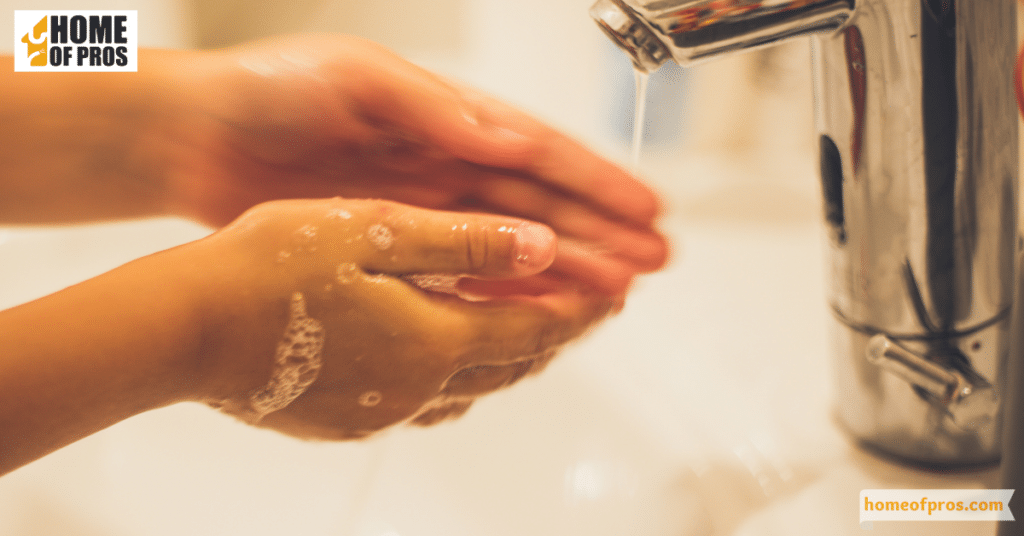
Conclusion
In the grand scheme of things, our homes are more than just bricks and mortar; they are reflections of our values and priorities. By embracing eco-friendly upgrades, we make a resounding declaration of our commitment to the environment and our foresight in making sound financial decisions.
With every energy-efficient appliance, green roof, or low-flow fixture we install, we inch closer to a sustainable future. Our homes become not just comfortable living spaces but sanctuaries that embody our respect for the world we inhabit and our prudent stewardship of our financial resources.











